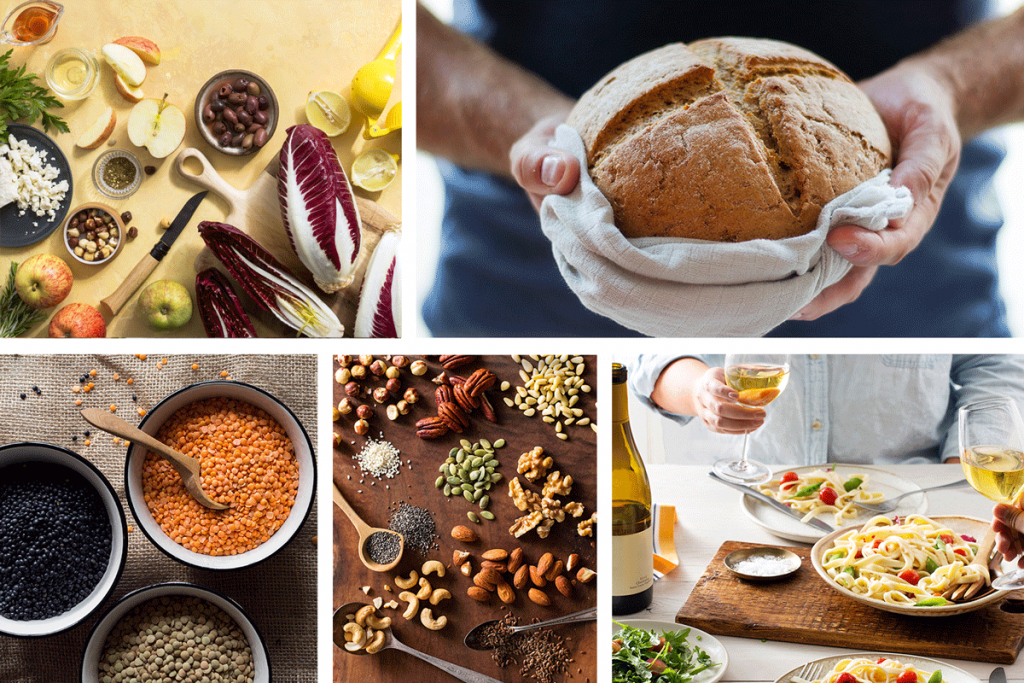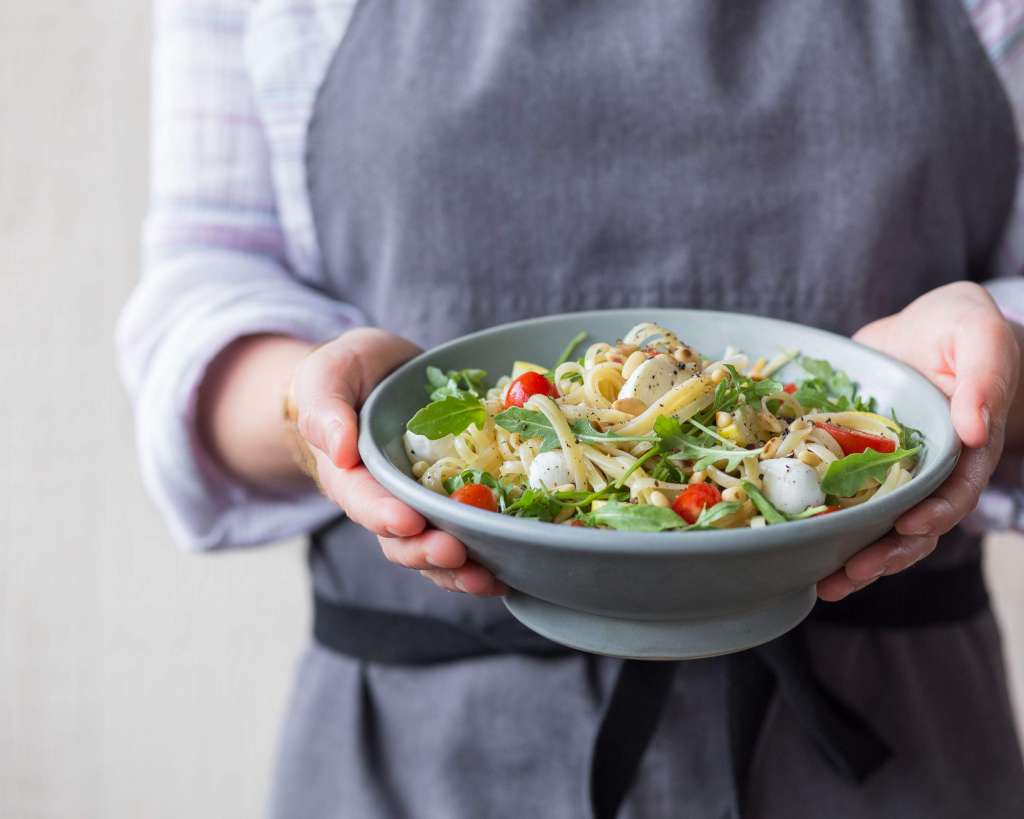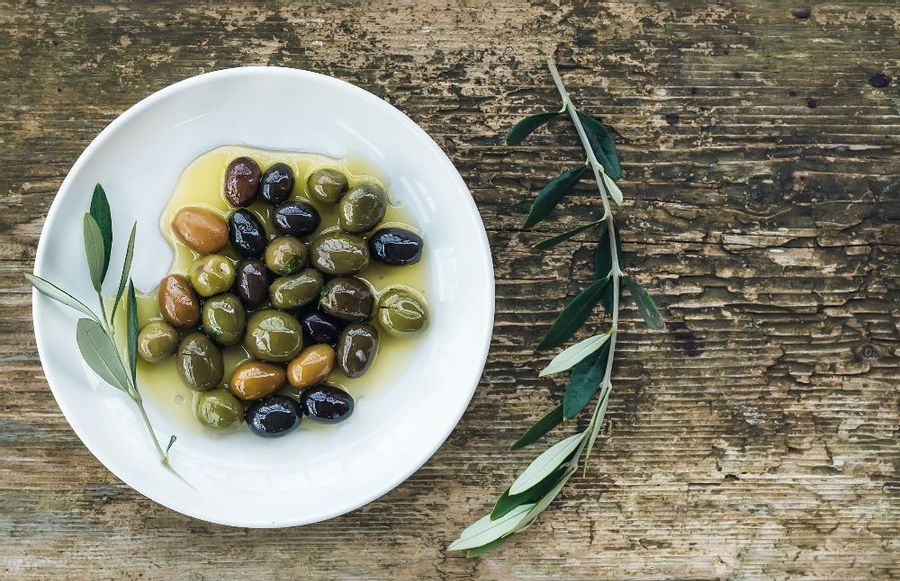What Do the World’s Healthiest People Have in Common?

All it takes is a trip around the globe to discover the diversity of the world’s diets. Yet when you look at the communities with the greatest longevity and lowest incidence of chronic disease, you’ll find their diets are actually more similar than different.
From the highlands of Sardinia to the Nicoya Peninsula in Costa Rica and Okinawa, Japan to Loma Linda, California, the locals seem to have unique culinary practices. But if you zoom out to see the bigger picture, you’ll notice there are patterns. Dan Buettner, author of The Blue Zones: Lessons for Living Longer From the People Who’ve Lived the Longest, claims these cross-cultural eating patterns are the key to a long and healthy life.
They eat mostly plants
While the people in most of these regions are not strict vegetarians, 95 percent of what they eat are plant foods. Whole grains, legumes, nuts, seeds, and vegetables dominate their plates, while meat is consumed only occasionally, about five times a month. And any meat they do eat comes from animals that graze and forage freely.
They believe in bread
Instead of highly processed bagels and squishy loaves of white bread, these cultures eat bread that’s made with simple ingredients; a variety of whole grains delivers a broad spectrum of nutrients and increased fiber. To leaven their bread, they also use wild yeasts instead of processed yeasts, so the bread is easier to digest and delivers a lighter glycemic load.
They drink the good stuff
The most popular drink by far throughout the Blue Zones is water, followed by tea, coffee, and moderate amounts of wine. All these beverages have noted health benefits. Water promotes blood flow and helps regulate body temperature; the green tea favored by Okinawans reduces the risk of heart disease and cancer; coffee is linked to reduced rates of dementia, and people who drink moderate amounts of wine are known to live longer than those who don’t.
They honor the seasons
The people in Blue Zones eat seasonal foods that are locally grown, which translates to a diet rich in fresh, nutrient-dense, whole foods, with little to no processed fare. Their eating patterns ebb and flow with the seasons, creating a natural variety throughout the year, but are always rooted in plant-based foods. They also tend to eat the whole plant—stems, leaves, and roots—which means they reap the superior nutritional benefits that come from eating foods in their purest forms.
They know when to stop
These groups have traditional customs before and during meals that serve as reminders to stop eating. For example, before the beginning of a meal, Okinawans say “hara hachi bu,” which roughly translates to “eat until you are eight parts full” or “belly 80 percent full.” Other groups practice prayer and give thanks before eating, taking a mindful moment before meals to show gratitude is an effective way to slow down and eat intuitively.
They’re a little nutty
Consistently, from one Blue Zone to the next, each group snacked on about one or two handfuls of nuts per day. It makes sense that people who consistently munch on nuts live to be 100. A recent 30-year study conducted by Harvard University found that nut eaters have a 20 percent lower mortality rate than those who don’t eat nuts. Other studies show that diets with nuts reduce LDL, or “bad” cholesterol, levels by up to 20 percent.
They love beans
The supreme dietary MVPs across all Blue Zones are beans. Each group averages about one cup of beans per day, which is about 77 percent complex carbs, 21 percent protein, and very little fat, closely mirroring the composition of their overall diet. Beans are also an excellent source of fiber and are packed with more nutrients per gram than any other food on earth.
They’re sweet, but not too sweet
Blue Zoners consume about a fifth as much added sugar as the average American does. They rarely eat sugar-ladened processed foods, and dessert is a celebratory treat, not an everyday indulgence.
They don’t diet, they just do
The most powerful takeaway from the Blue Zones is the ease with which eating comes to these cultures. None of these populations is on a diet, relies on willpower, or restricts or avoids food in an effort to conform to an idealized shape or size. Eating is a pleasure, not a source of anxiety. They aren’t counting calories, taking vitamins, or weighing grams of protein. Health is a by-product of how they live, not life’s main pursuit.









